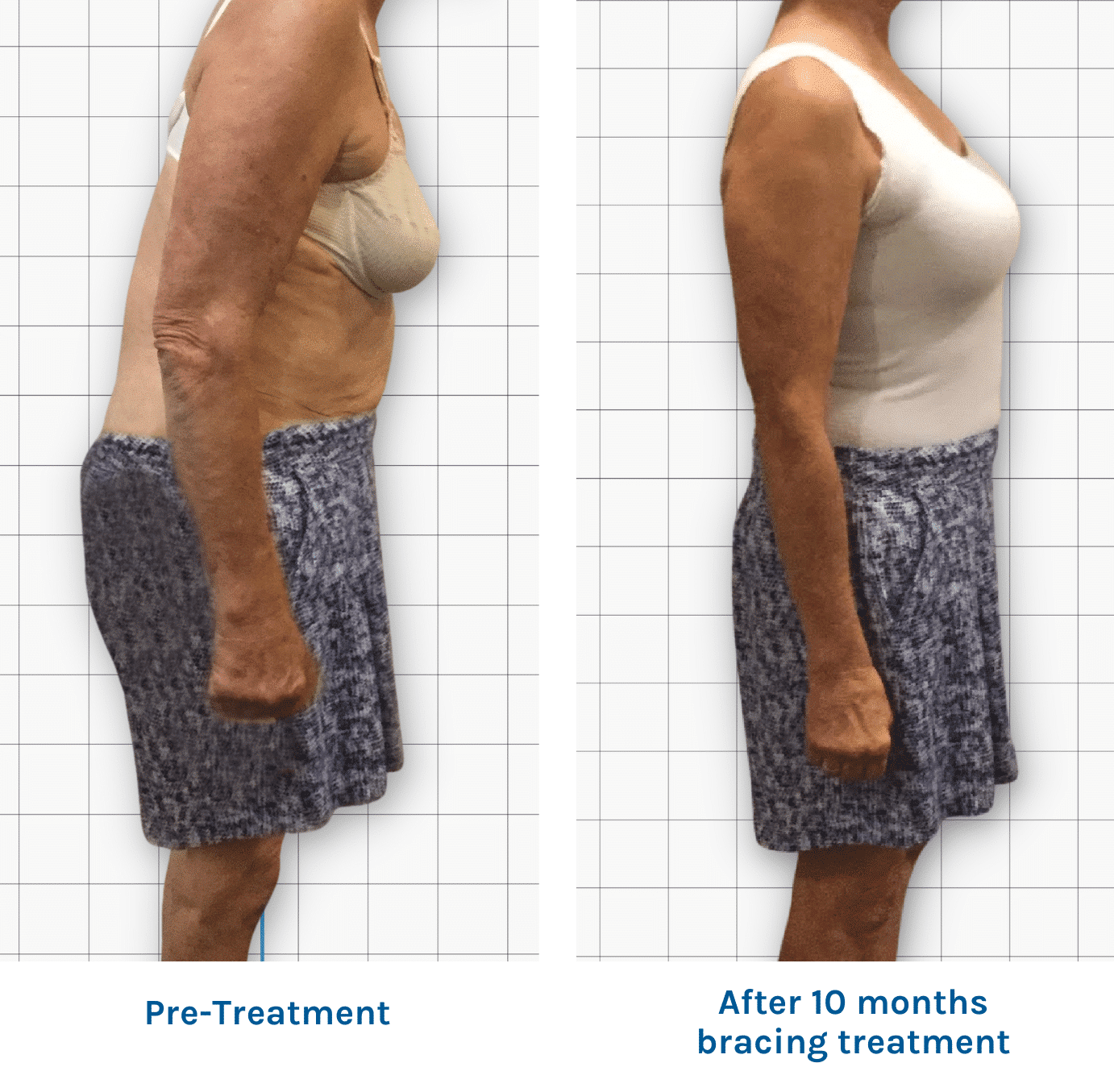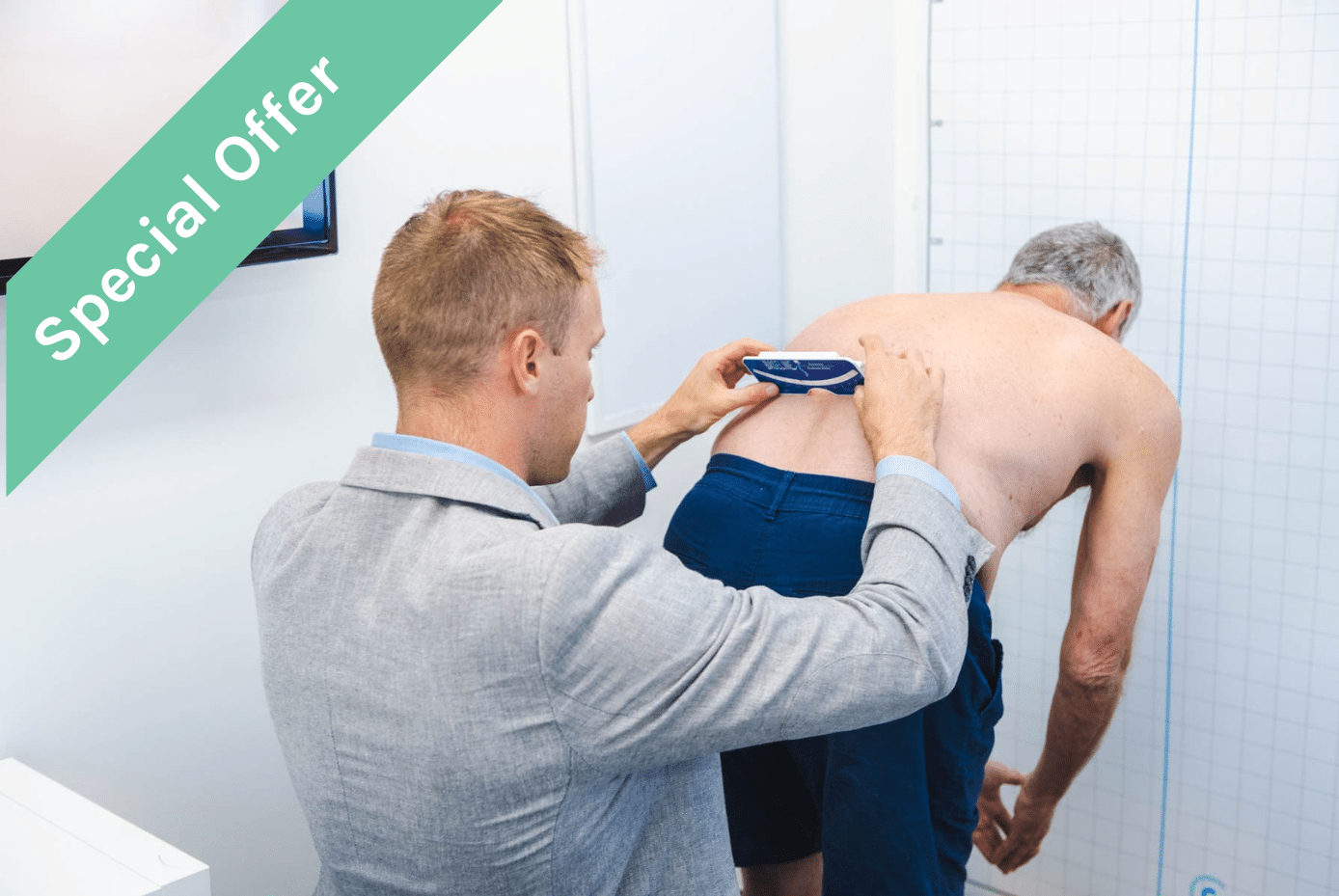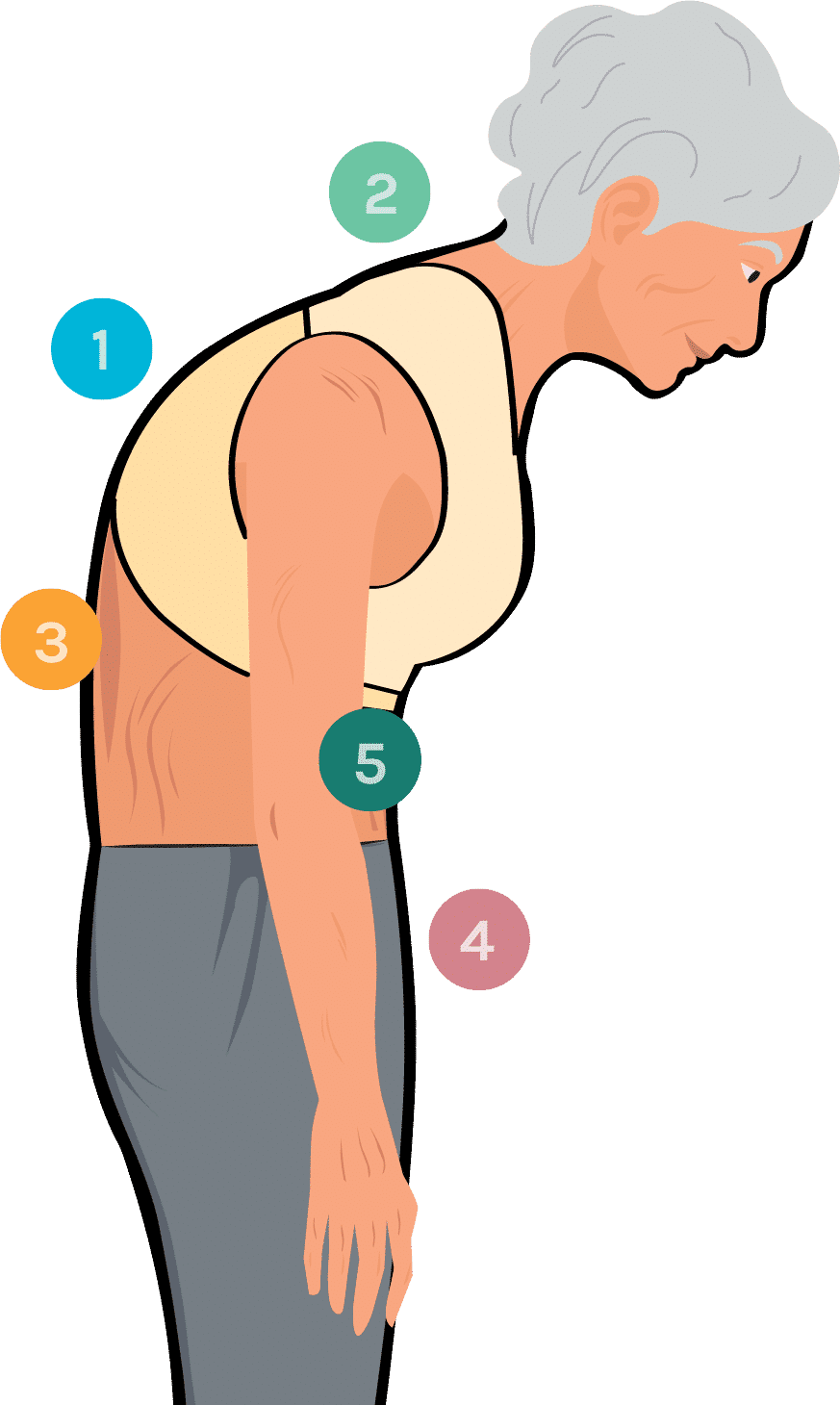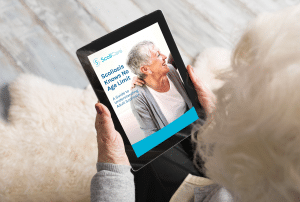Scoliosis Can
Affect Adults Too
Scoliosis Knows No Age Limit
Scoliosis can develop in adults, even after growth stops. Whether you’re in your 30s, 50s, or beyond, recognizing the signs and early detection can significantly impact how you manage your spine health.
Left untreated, scoliosis may cause pain, mobility issues, and posture changes.
The good news is that it’s never too late to take control. With early detection and proper care, you can manage your scoliosis, reduce discomfort, and reclaim your life.


Free Adult Scoliosis Screenings
This February and March, book a free 10-minute screening with our experienced clinicians. Spots are limited—reserve yours today!
Stand Tall at Any Age
Standing tall isn’t just about good posture—it’s about having a healthy spine. For adults, regular checks for the signs of scoliosis is important. Early signs can include:
- Forward lean or slump
- Loss of standing or sitting height
- Pain
- Balance issues or increased falls
- Lean to one side
If you notice these symptoms, don’t wait. It’s never too late for an assessment. Early detection can open the door to non-surgical treatments that help reduce pain, keep you active, and improve your quality of life.
Take the First Step Toward a Healthier Spine

 Downloadable eBook
Downloadable eBook
Understanding Adult Scoliosis
Up to 36.7% of adults are affected by scoliosis#.
This eBook serves as your roadmap to better understanding scoliosis as it relates to adults. It will cover various aspects of adult scoliosis, including types, symptoms, how to diagnose and treatment options.
Download our free eBook to learn how to spot the signs of scoliosis and take proactive steps toward managing it.
Frequently Asked Questions About Adult Scoliosis
How do I know if my scoliosis is affecting my quality of life?
If you are experiencing persistent back pain, difficulty moving, or challenges with your daily activities—like walking, sitting, or standing for long periods—it could be a sign that your scoliosis is affecting your quality of life. In these cases, it’s important to discuss your symptoms with a scoliosis clinician who can assess your condition and recommend appropriate treatment to improve your comfort and functionality.
What should I do if I think I have adult scoliosis?
If you suspect you have scoliosis, it’s important to see a scoliosis clinician for a thorough evaluation. Early diagnosis and treatment can help manage symptoms and prevent progression.
Can adult scoliosis be treated without surgery?
Many adults can manage scoliosis without surgery. Non-surgical treatments such as custom bracing and scoliosis-specific exercise programs generally aim to slow progression, help maintain an upright posture, improve strength and flexibility, help with balance, reduce pain, and enhance quality of life. Surgery may be recommended for those patients who do not respond to non-surgical treatment after a period of time, or when the spinal deformity is severe or getting worse and having a significant impact on their overall quality of life.
Can adult scoliosis get worse over time?
Yes, adult scoliosis can get worse over time. In many cases, scoliosis in adults can worsen due to degenerative changes in the spine. This progression may be slow, but it can lead to increased pain, postural changes, and other complications, like nerve compression.
Isn't it only older adults that get scoliosis?
No, scoliosis can affect people of all ages, not just older adults. While it’s true that many cases of adult scoliosis develop due to age-related changes like degenerative disc disease or osteoporosis, scoliosis can also develop in younger people. Some individuals may have had scoliosis during childhood, and the condition can worsen as they age.
# McAviney J, Roberts C, Sullivan B, Alevras AJ, Graham PL, Brown BT. The prevalence of adult de novo scoliosis: A systematic review and meta-analysis. Eur Spine J. 2020 Dec;29(12):2960-2969. doi: 10.1007/s00586-020-06453-0. Epub 2020 May 22. PMID: 32440771.

